Japan has many regional dishes deeply rooted in history and culture, and one of these is Houonkou ryori (報恩講料理). Houonkou ryori (報恩講料理) is a vegetarian feast served during the Jodo Shinshu Buddhist memorial festival, Houonkou. In Fukui Prefecture, this simple yet hearty meal has become a local tradition. It uses seasonal, farm-fresh ingredients – vegetables, grains, tofu, and beans – to express gratitude and community spirit. Read on to discover what makes this home-style dish so meaningful.
What is Houonkou Ryori?
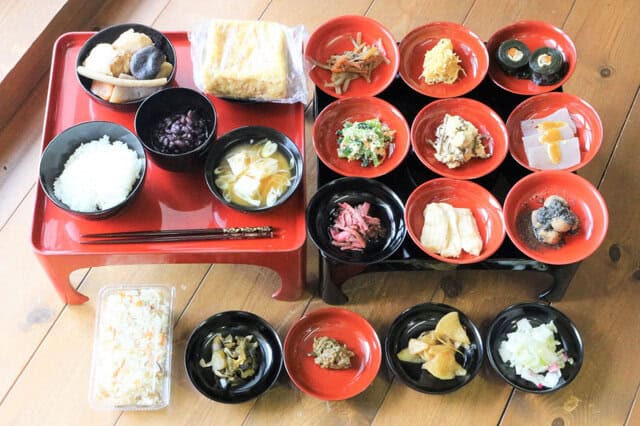
Houonkou ryori is a shojin (Buddhist vegetarian) meal prepared to honor the death anniversary of Shinran Shonin (the founder of Jodo Shinshu). Served after temple services during the annual Houonkou festival. The meal typically follows an ichiju-sansai format (one soup, three sides) made with local produce. Common ingredients include deep-fried tofu, simmered root vegetables (taro, carrot, daikon), and bean dishes (sweet azuki stew).
According to Japan’s agriculture ministry, this one-soup, three-course meal of vegetables, grains, and beans (“otsuki”) is exactly Houonkou ryori. Today, it’s cooked by local cooks for festivals and even in homes as a comforting “taste of home”. The meal reflects Buddhist teachings of gratitude, simplicity, and respect for life.
History
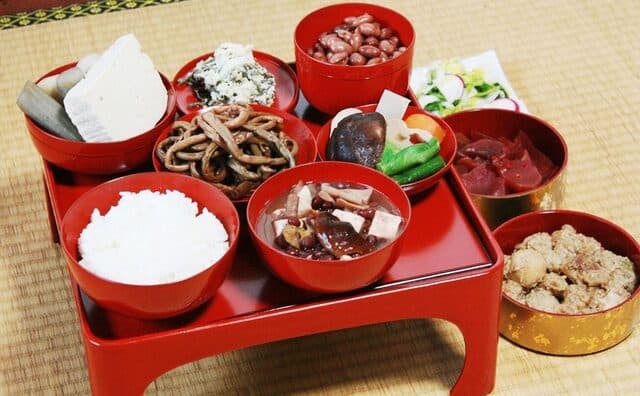
In Hokuriku (northern Japan), the Jodo Shinshu faith has been strong for centuries. Every autumn (or January in the old calendar), believers hold the Houonkou memorial service (called Honkosan or Okosama in some areas). After the ceremony, they will serve the Houonkou feast. Records in Komatsu (Ishikawa Prefecture) trace these gatherings to 1488, and even today, Houonkou is the year’s most important Buddhist event there.
Over 400 years later, Houonkou ryori remains a festival highlight. Menus vary by region: for example, Fukui usually includes one soup and three sides, such as fried tofu, simmered vegetables, and the local pickled carrot salad suko.
Where to try Houonkou ryori
Furusato Chaya Jomon no Sato (ふるさと茶屋縄文の里)
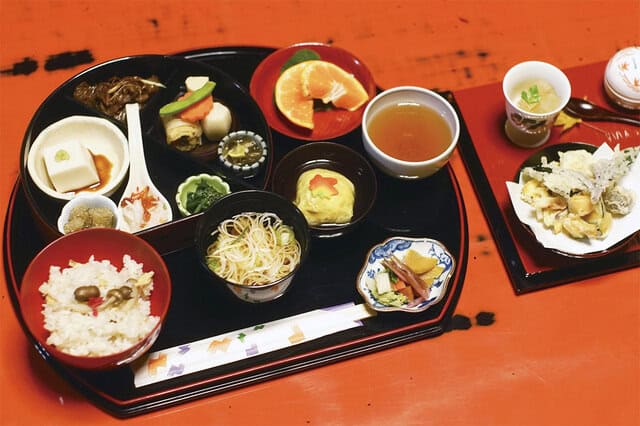
You can try Houonkou ryori at Furusato Chaya Jomon no Sato (ふるさと茶屋縄文の里), a community cafe in Katsuyama City. This café offers a two-course Houonkou set. The main tray (hon-zen) has ohira (a taro/carrot stew with fried tofu), namasu pickles, soybean miso soup, rice, and sweet azuki beans. The second tray (ni-no-zen) includes seasonal sides like fern shoots (zenmai) and kinpira burdock.
If you are visiting the Hokuriku region in autumn or winter, it’s worth contacting the temple in advance to see if there are any upcoming events where the meal is served.
Conclusion
Houonkou ryori is a humble yet meaningful tradition that brings people together to appreciate food and faith. It showcases Fukui’s Buddhist heritage and seasonal cooking, making it as much a cultural experience as a meal. If you visit Fukui (or nearby Hokuriku areas) in autumn or winter, trying Houonkou ryori gives you a taste of local history and hospitality.
For related flavors, try other regional specialties like Gojiru (hearty soybean-miso soup), Itoko-ni (beans-and-vegetable stew), Suko (sweet pickled carrots), or Kinpira Gobo (spicy braised burdock). These dishes share the same plant-based, seasonal spirit as Houonkou ryori.
FAQ
- What is Ho-onko Ryori?
It is a traditional Buddhist vegetarian meal served during Ho-onko, a memorial service for Shinran, the founder of Jodo Shinshu Buddhism.
- What makes it special in Fukui?
Fukui is home to many Jodo Shinshu temples, and Ho-onko Ryori is deeply rooted in the region’s food culture. Families and temples prepare it every November.
- What kind of dishes are included?
Typical dishes feature simmered root vegetables, sesame tofu, pickles, and other seasonal plant-based foods—always without meat or fish.
- What does it taste like?
The flavors are simple and delicate, highlighting the natural taste of vegetables, with gentle seasoning of soy sauce and miso.
- Can travelers try Ho-onko Ryori?
Yes, some temples and local restaurants in Fukui offer it during Ho-onko season, and occasionally by reservation throughout the year.
- Is it only for Buddhists?
Not at all—anyone can enjoy Ho-onko Ryori as a cultural and culinary experience.

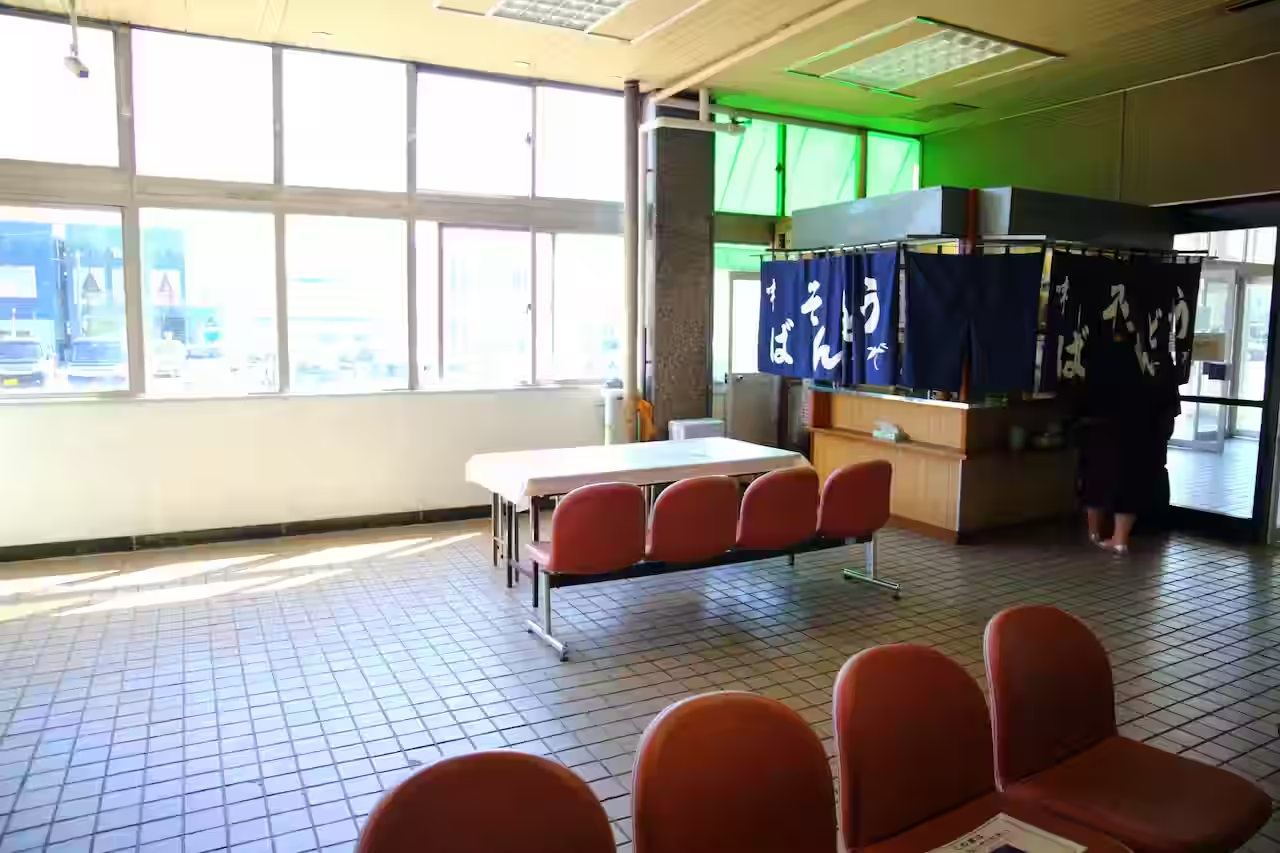
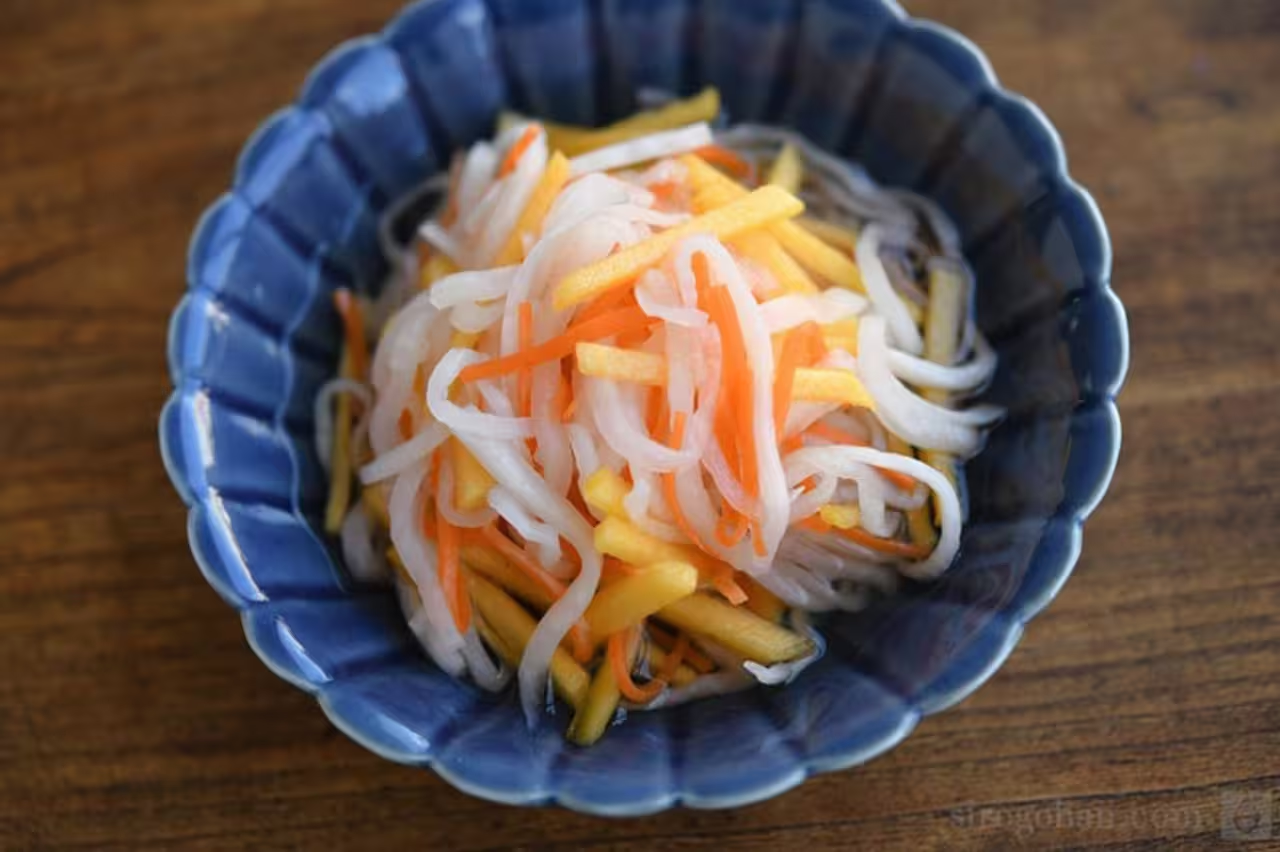
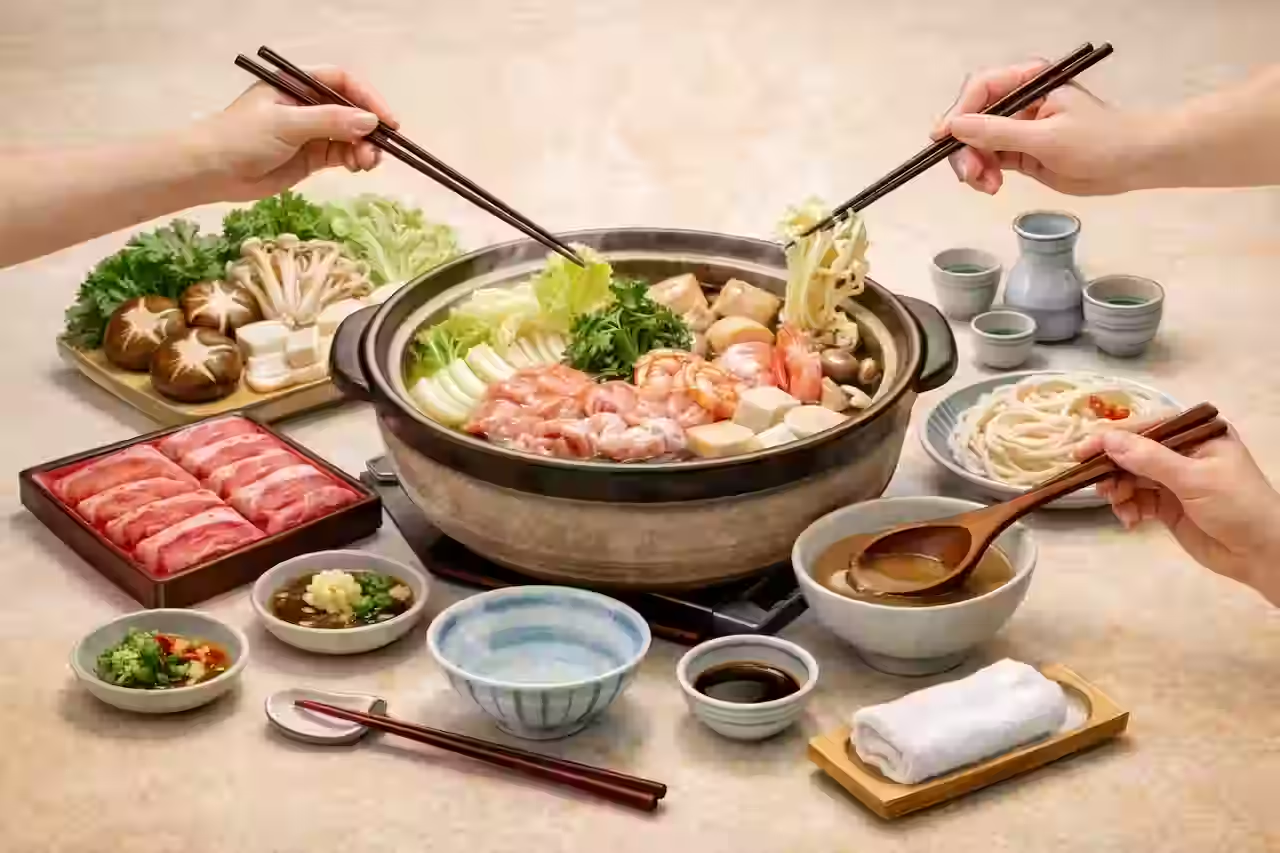
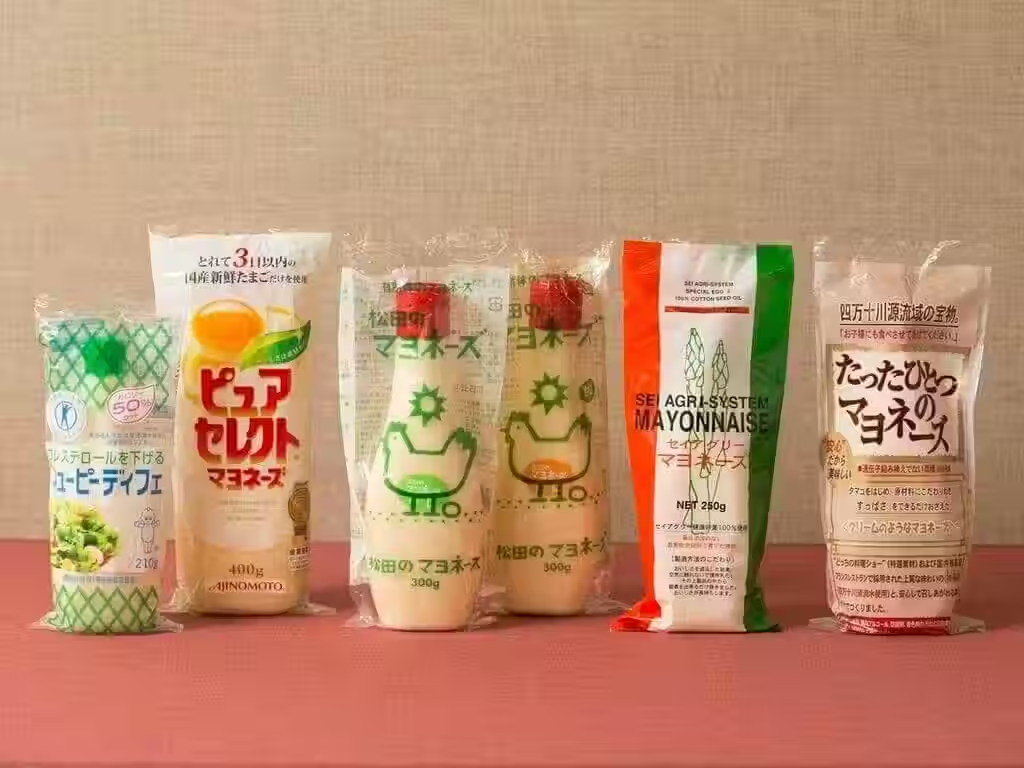

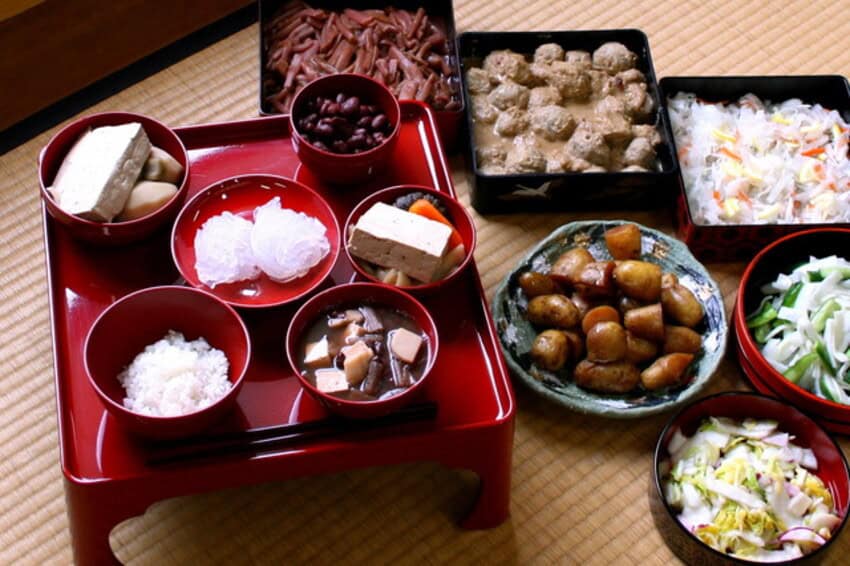
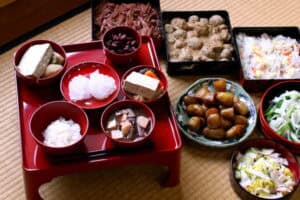
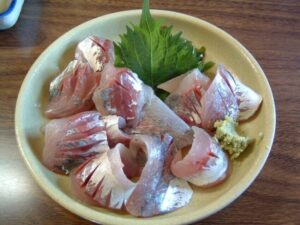
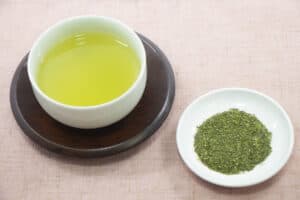
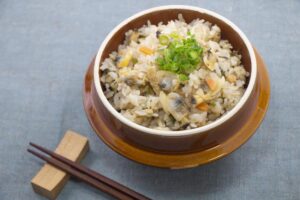
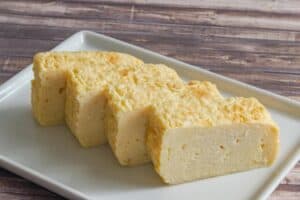

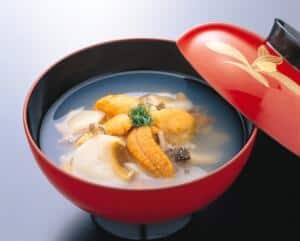
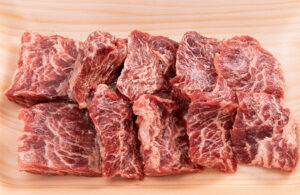
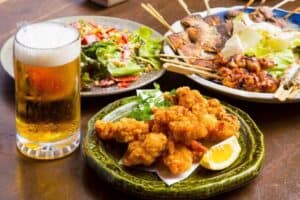
Comments